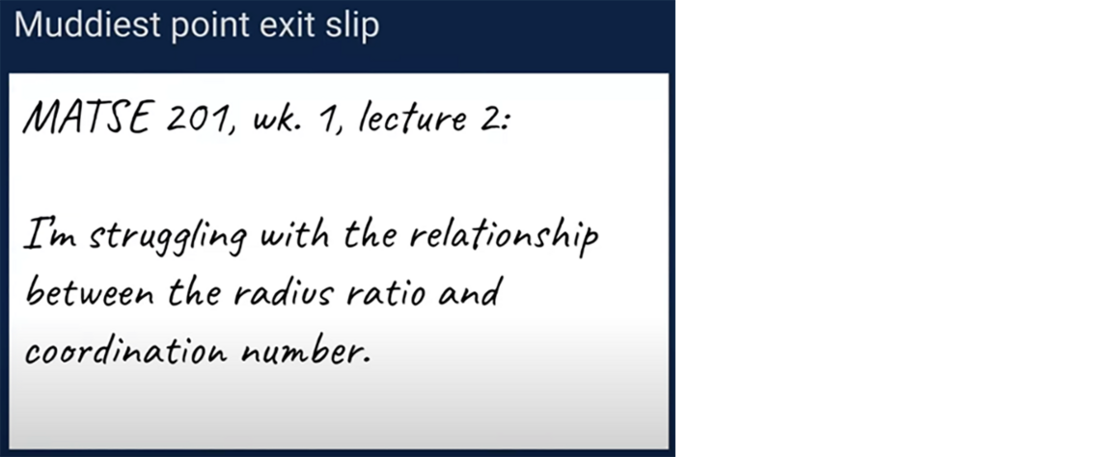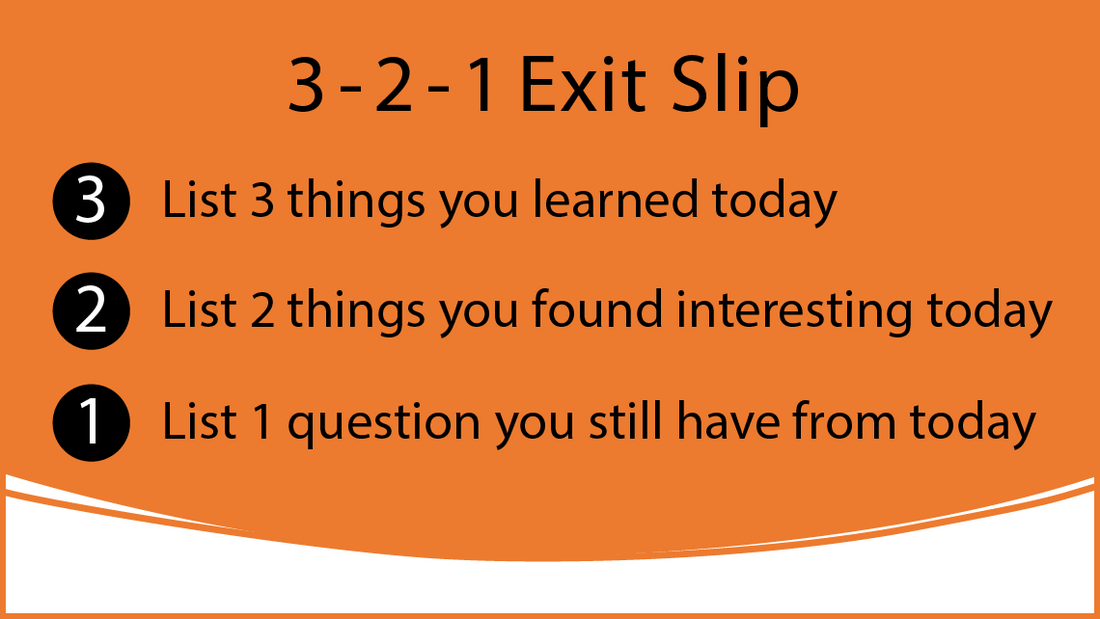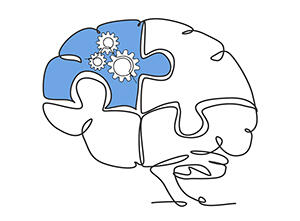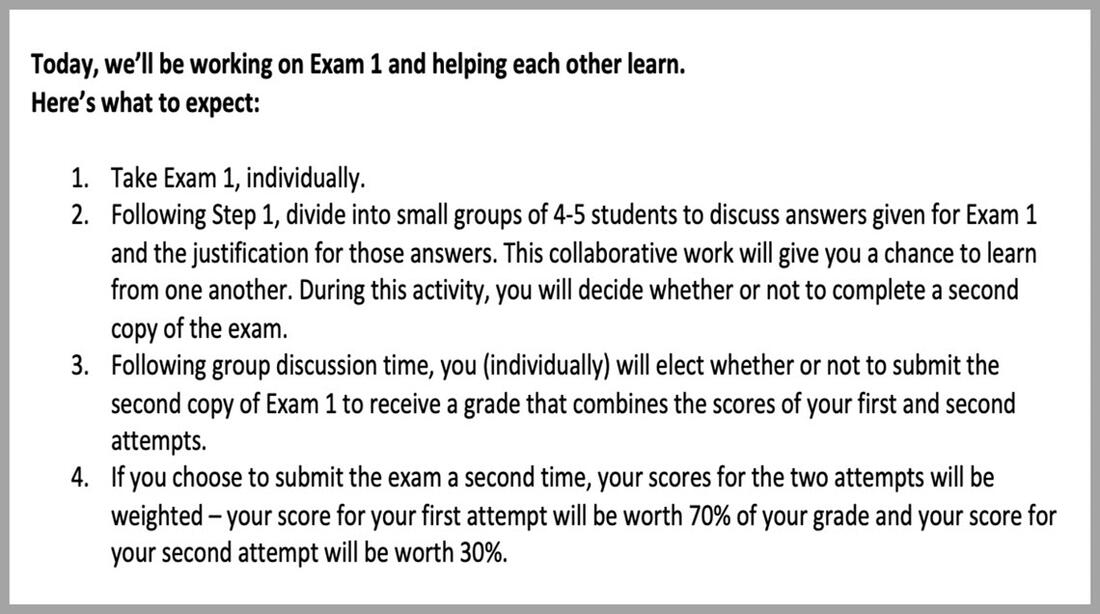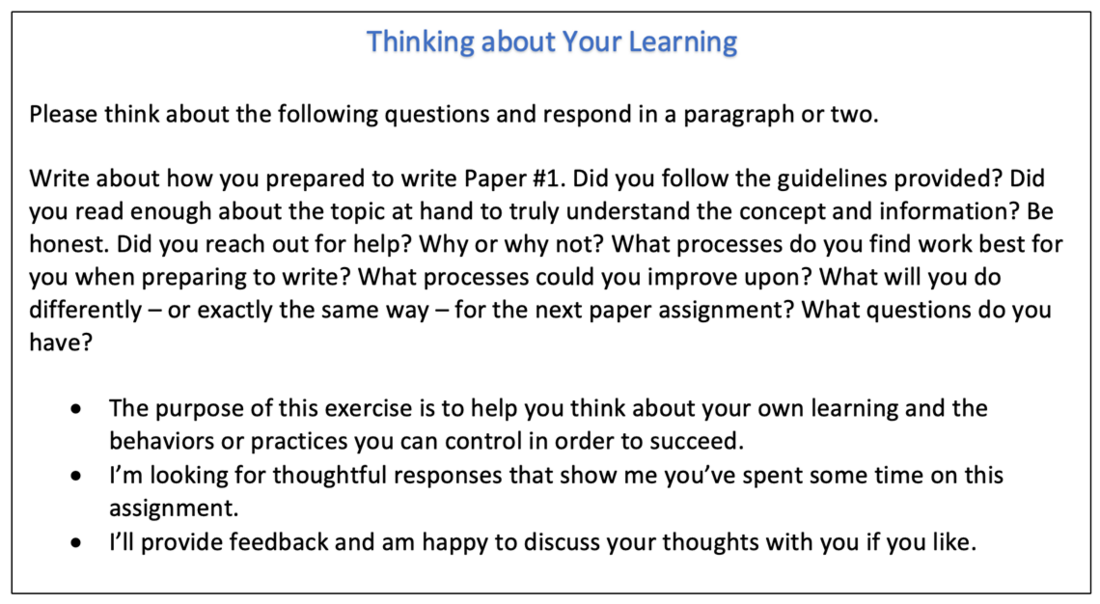Metacognition (thinking about your own learning) is a self-regulated behavior that students can use to gain control over their own learning. Self-regulated behaviors, like managing time effectively or asking for help, begin with monitoring, which helps us reflect upon or evaluate the information we’re trying to learn (I’m getting the answers wrong. Am I making simple mistakes, or don’t I understand the concept?). Next comes control, or our ability to modify our behavior based on information we’ve acquired (If I don’t understand the concept, I can ask some clarifying questions, and I can identify some strategies for studying more effectively). Working with metacognition and gaining control can help motivate students to learn.
Instructors can help students by offering metacognitive activities and by partnering with students to consider their work and their learning. Metacognitive activities can take different forms, depending on the subject matter and class format, but the basic idea is to help students focus attention on the factors that have influenced their performance on a task (confusion, misunderstandings) and to address any issues that have been revealed (like pre-task overconfidence). The goal is to help students move forward successfully.
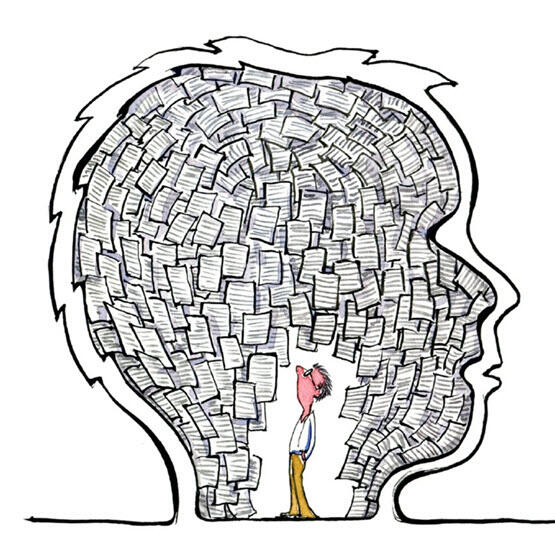
Credit: HikingArtist is licensed under CC BY-SA 3.0, via Wikimedia Commons
Related Topics
References/Resources
- Bowen, J. (2013, August 22). Cognitive wrappers: Using metacognition and reflection to improve learning. José Antonio Bowen: Educator, Musician, Scholar, Consultant. https://josebowen.com/cognitive-wrappers-using-metacognition-and-reflection-to-improve-learning
- Lang, J. (2012). Metacognition and student learning. The Chronicle of Higher Education. Retrieved September 7, 2022, from https://www-chronicle-com.ezaccess.libraries.psu.edu/article/metacognition-and-student-learning/
- Rhodes, M. G. (2019). Metacognition. Teaching of Psychology, 46(2), 168-175. https://doi.org/10.1177/0098628319834381
